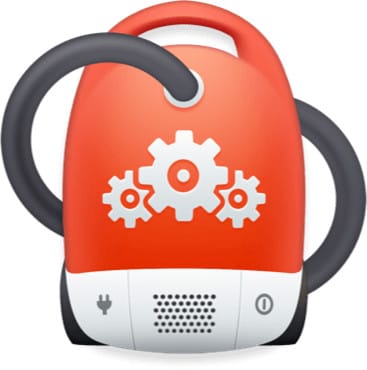We all know a Mac is the best computer. It’s the most reliable, the least fuss and usually the most snappy. But, as with all computers, the trusty Macintosh can also become sluggish after a while.
In today’s Cult of Mac video, we’re going to show you eight easy, useful tips to speed up your Mac.

Speed up your Mac the easy way
One of the fastest, easiest ways to speed up your Mac is to download CleanMyMac. This app quickly scans your entire Mac, giving you the ability to get rid of gigabytes of system-slowing junk data in just a couple of clicks. It also monitors the health of your Mac, so you’ll know if a new problem needs attention.
Along with some fairly obvious tips such as removing unused apps, in this video we also show you how to reset your System Management Controller, or SMC, which can help fix any Wi-Fi and hardware problems or startup issues.
More ways to speed up your Mac
If eight tips isn’t enough, we’ve got another handful of tips in our “5 easy ways to speed up your Mac” video, one of our most popular videos to date. Some tips are out-of-date now, such as thinning out the dashboard, but most still stand true.
Be sure to give those a go if your Mac is still not feeling refreshed.
Want more Mac tips? Subscribe to Cult of Mac’s YouTube channel so you don’t miss a single video.



3 responses to “8 easy ways to speed up your Mac”
1. Use more than one monitor. I use four. This way you hardly have to waste time scrolling and switching windows, and forcing redraws.
2. Get a Solid-State Drive (s) – the larger the faster usually.
3. Get as much RAM memory as you can get ( if the Mac has upgradable memory).
4. Remove or quit as many unnecessary background tasks as you can. You don’t need so many menubar utilities cluttering up your menubar. Essentially, declutter.
5. Offload less often used files to an external hard drive. The more empty your hard drive, the less time wasted by shuffling files for space by the operating system.
6. Have a few files and folders on the desktop as you can. The Mac tends to use excessive CPU time managing them compared to files that are placed elsewhere – like the document folder.
7. Use the fastest network your Mac supports – e.g. gigabit ethernet or fast wifi.
8. Use the fastest ports for external hard drive connections – e.g. the USB 3.0 ports to USB 3.0 external drives, Thunderbolt ports to Thunderbolt drives.
Ste Smith, you speak exactly the same as Richard as Vegan Gains on Youtube LOL
After watching this video … I don’t have any guilt about using an ad blocker … if CoM contributors do so … I guess it’s fine for me too. ;)